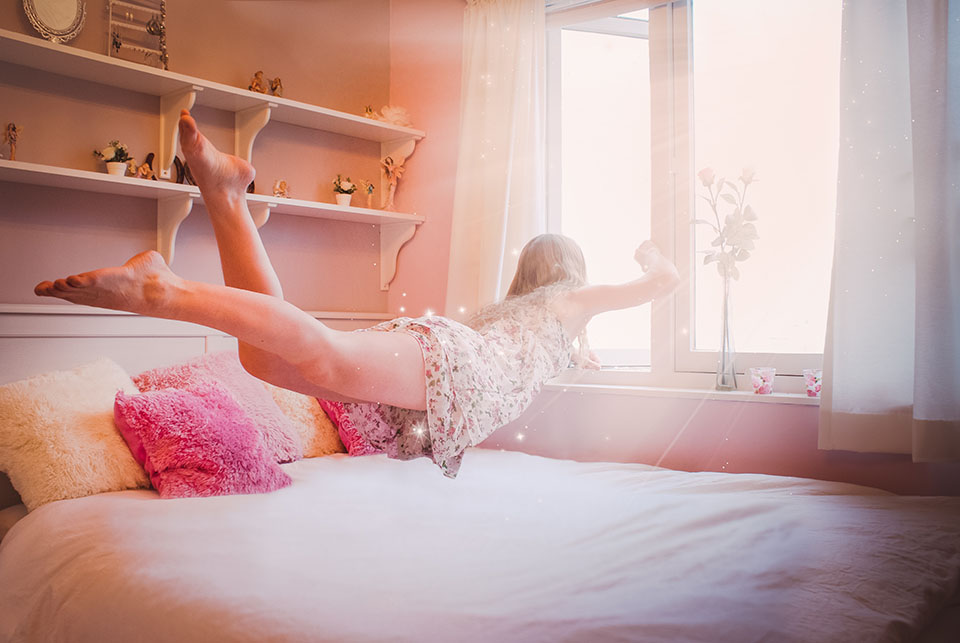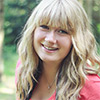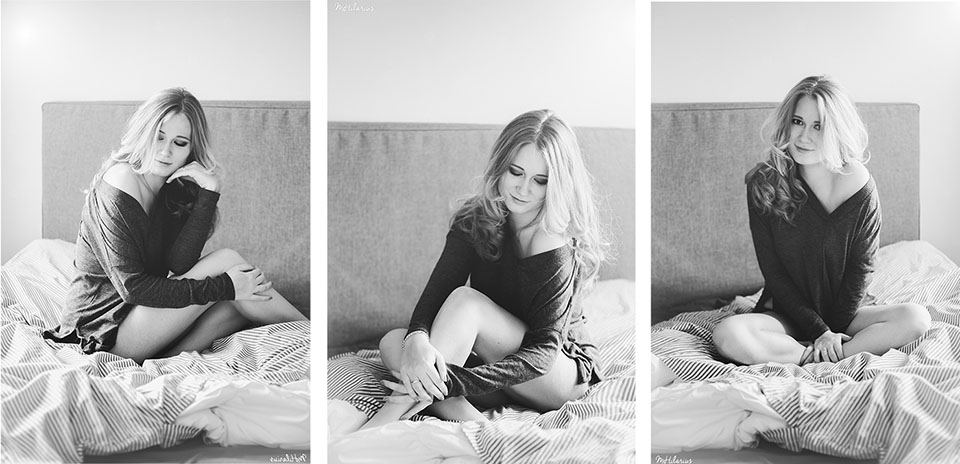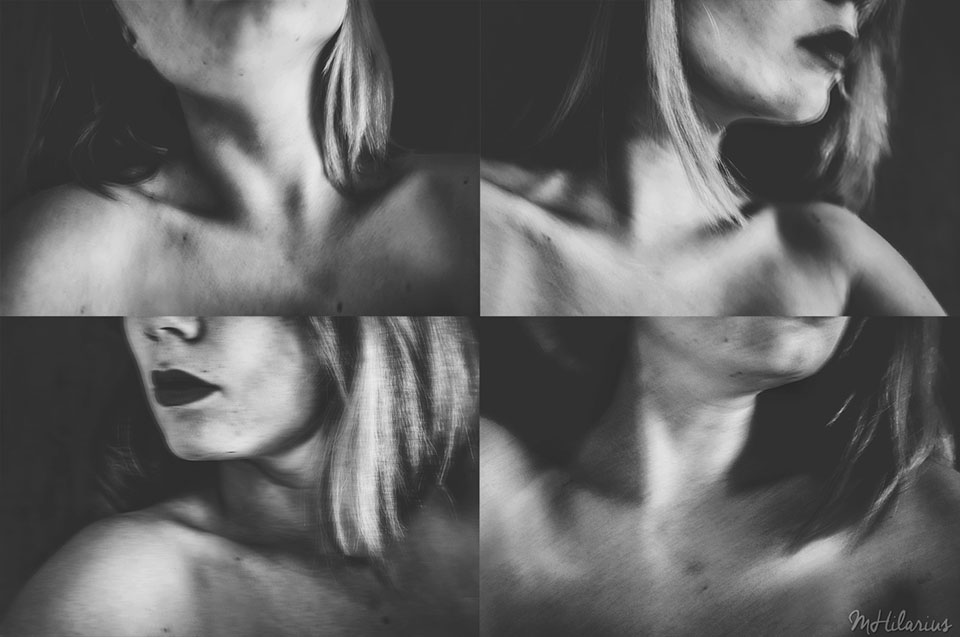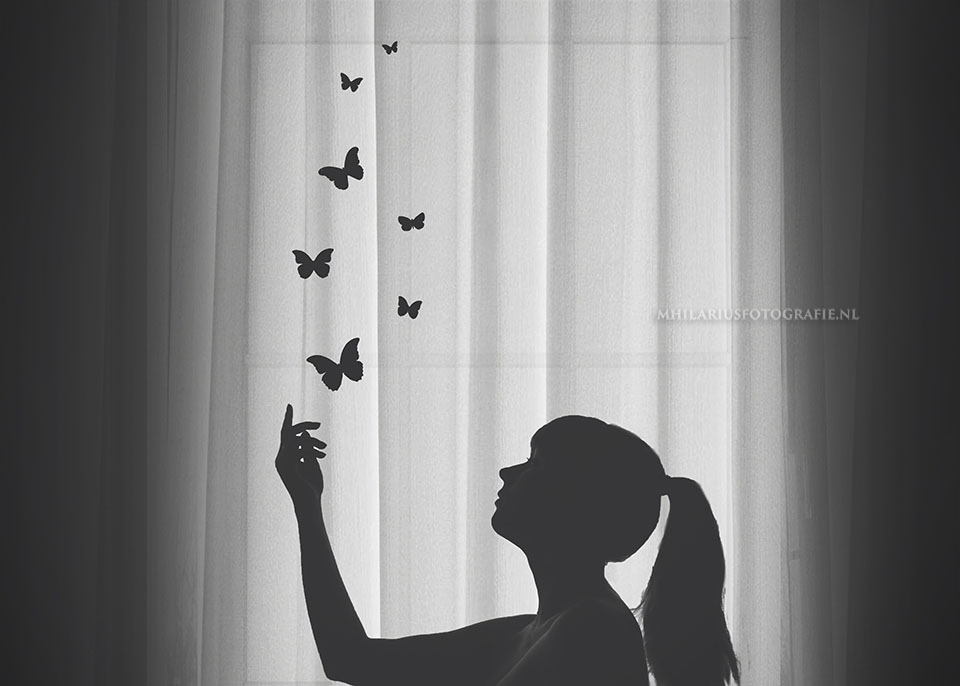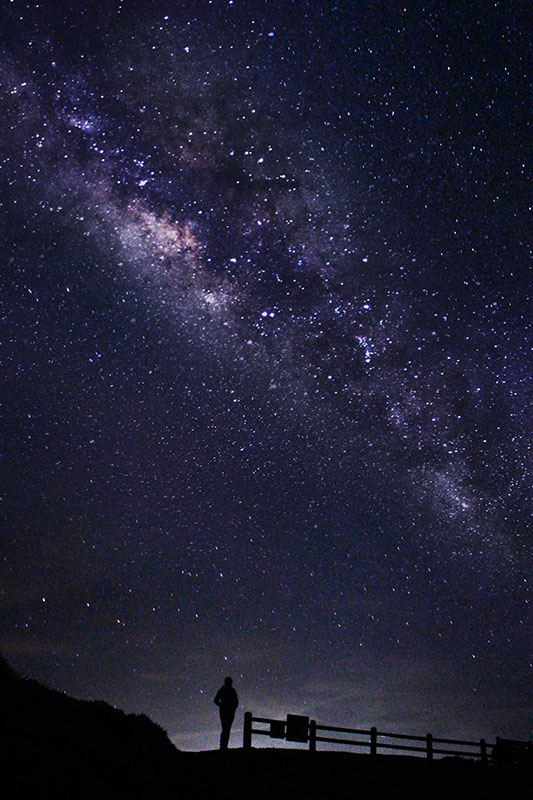Levitation foto's maken
Als beginnend fotograaf zocht ik drie jaar geleden een magische uitdaging, en die vond ik in levitation fotografie: foto's waarin de modellen lijken te zweven.
Een uitdaging was het zeker, want dit soort foto's zijn niet makkelijk om te maken. Als je er echter een beetje handigheid in krijgt kun je een hoop gave dingen doen, en ik laat je zien hoe!
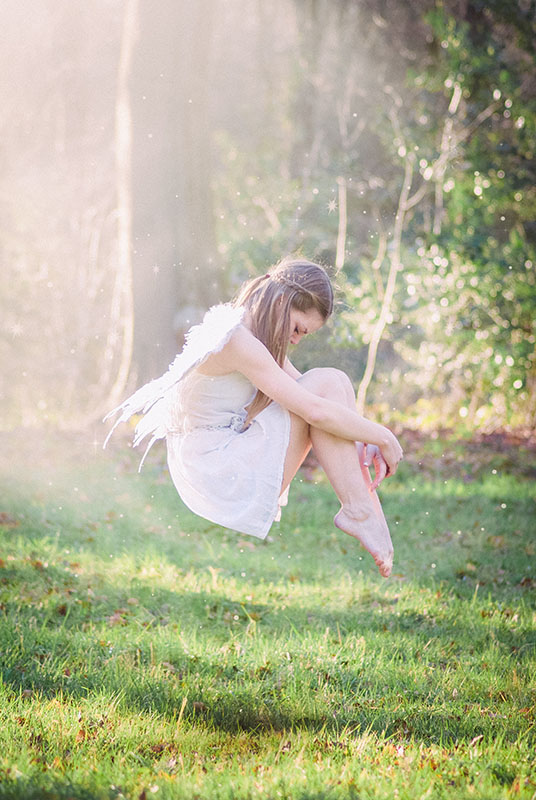
Voorbereiding
Levitation foto's vragen iets meer voorbereiding dan een gewone fotoshoot. Het is voor een model best een intensieve klus, en je kan moeilijk improviseren. Om alles zo soepel mogelijk te laten verlopen is het een goed idee om van te voren een schets te maken van je gewenste eindresultaat.
Probeer hierbij al zo gedetailleerd mogelijk te zijn en denk ook aan de houding van de armen/vingers en voeten. Zo kun je straks je model precies vertellen en laten zien wat er moet gebeuren en kun je ook vast rekening houden met de bewerkingen die je later in Photoshop zal moeten uitvoeren.
Het is zeker een leuke extra als je er ook echt een 'verhaal' omheen verzint. Een zwevend model is natuurlijk een leuk plaatje, maar nog leuker is het als de foto ook echt iets vertelt. Je kunt extra aandacht aan locatie, accessoires, make-up en kleding besteden om de foto nog bijzonderder te maken.
Wat heb je nodig?
Allereerst natuurlijk een model. Maar daarnaast, een voorwerp om je model te laten zweven. Ik heb veel geprobeerd, en tot nu toe nog niets gevonden wat echt comfortabel is. Belangrijk is dat het een voorwerp is dat tot je knieën of hoger komt, en geen leuningen heeft.
Een stoel zal niet werken, maar een kruk is ideaal. Ook bierkratjes heb ik wel eens gebruikt. Ook een klein tafeltje zou dienst kunnen doen.
Je zult je foto's met een statief schieten, dus zorg dat je die ook bij je hebt.
Je model plaatsen
Het goed plaatsen van je model is het allerbelangrijkst. Om een realistisch resultaat te verkrijgen zijn een aantal dingen belangrijk.
Denk bijvoorbeeld aan de zwaartekracht. Heeft je model een jurkje aan, dan moet dat jurkje wel naar beneden hangen. Zorg dan dat je de stof zoveel mogelijk over de rand van het voorwerp drapeert. Ook de haren moeten echt naar beneden hangen.
Zorg ook dat de handen en voeten vrij zijn, deze mogen nergens op leunen. Dit maakt het voor het model vaak vrij zwaar, afhankelijk van de pose.
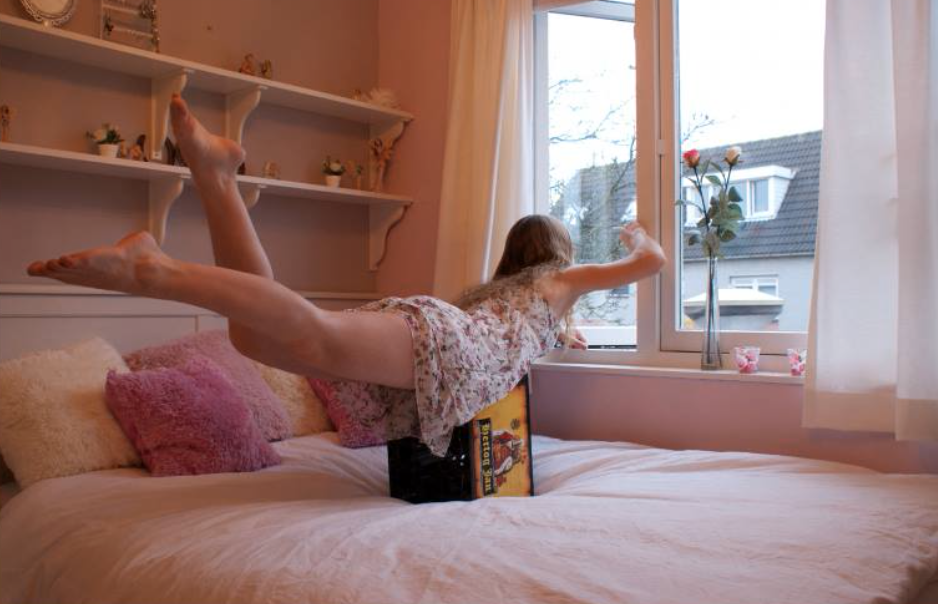
De foto schieten
Je zult twee foto's gaan schieten op je statief, op precies hetzelfde punt en met dezelfde compositie en instellingen. Hier komt het statief dus om te hoek kijken! Zet je camera in de M stand, zodat de instellingen niet veranderen en de foto's straks precies hetzelfde zijn.
Vervolgens plaats je het model en maak je een foto waarmee je tevreden bent. Vervolgens laat je je camera exact zo staan, en zorg je dat het model en alle accessoires uit beeld verdwijnen. Hierna maak je nog een foto.
In Photoshop ga je vervolgens deze twee foto's over elkaar plaatsen, zodat je het stoeltje/krat/voorwerp waar het model op geplaatst is kunt weggummen. En tada, je model lijkt te zweven!
Maak het liefst meerdere foto's, als je model het goed volhoudt, en plaats af en toe de kleding en het haar wat anders. Als je er dan later achterkomt dat op je mooiste foto de kleding niet mooi naar beneden hangt, dan kun je kleding van een andere foto gebruiken in Photoshop.
Hou ook rekening met je bewerking, als je die achteraf nog wil toevoegen. Let op de lichtinval, de achtergrond en ruimte waar je eventueel iets wilt toevoegen.
Je hebt je foto nu geschoten! Je hebt al het materiaal bij elkaar om een mooi, magisch eindresultaat in elkaar te zetten.
